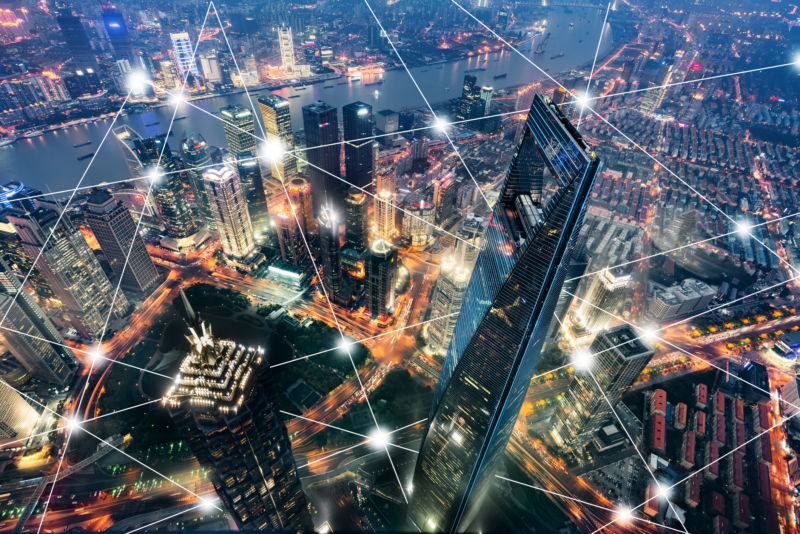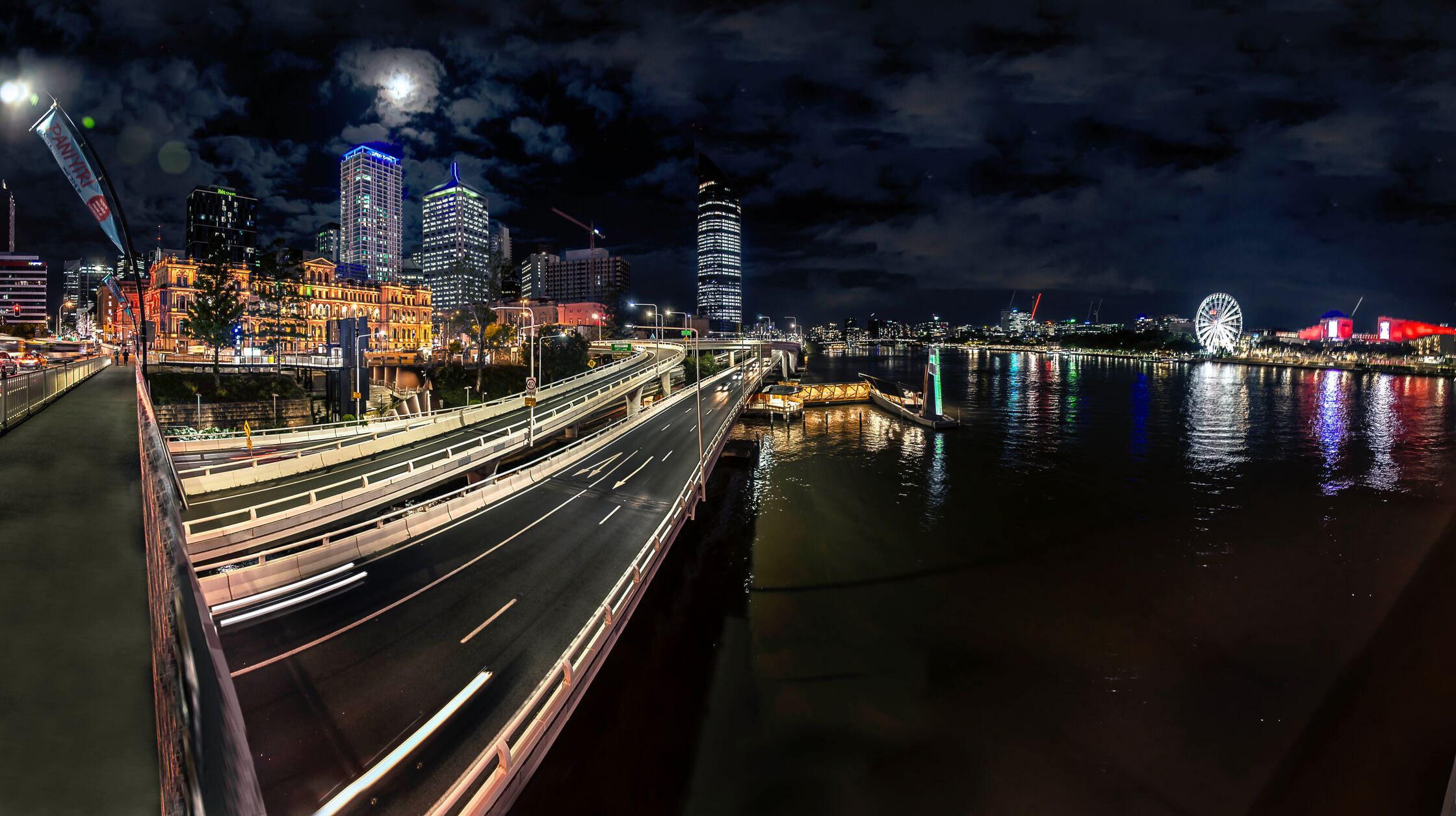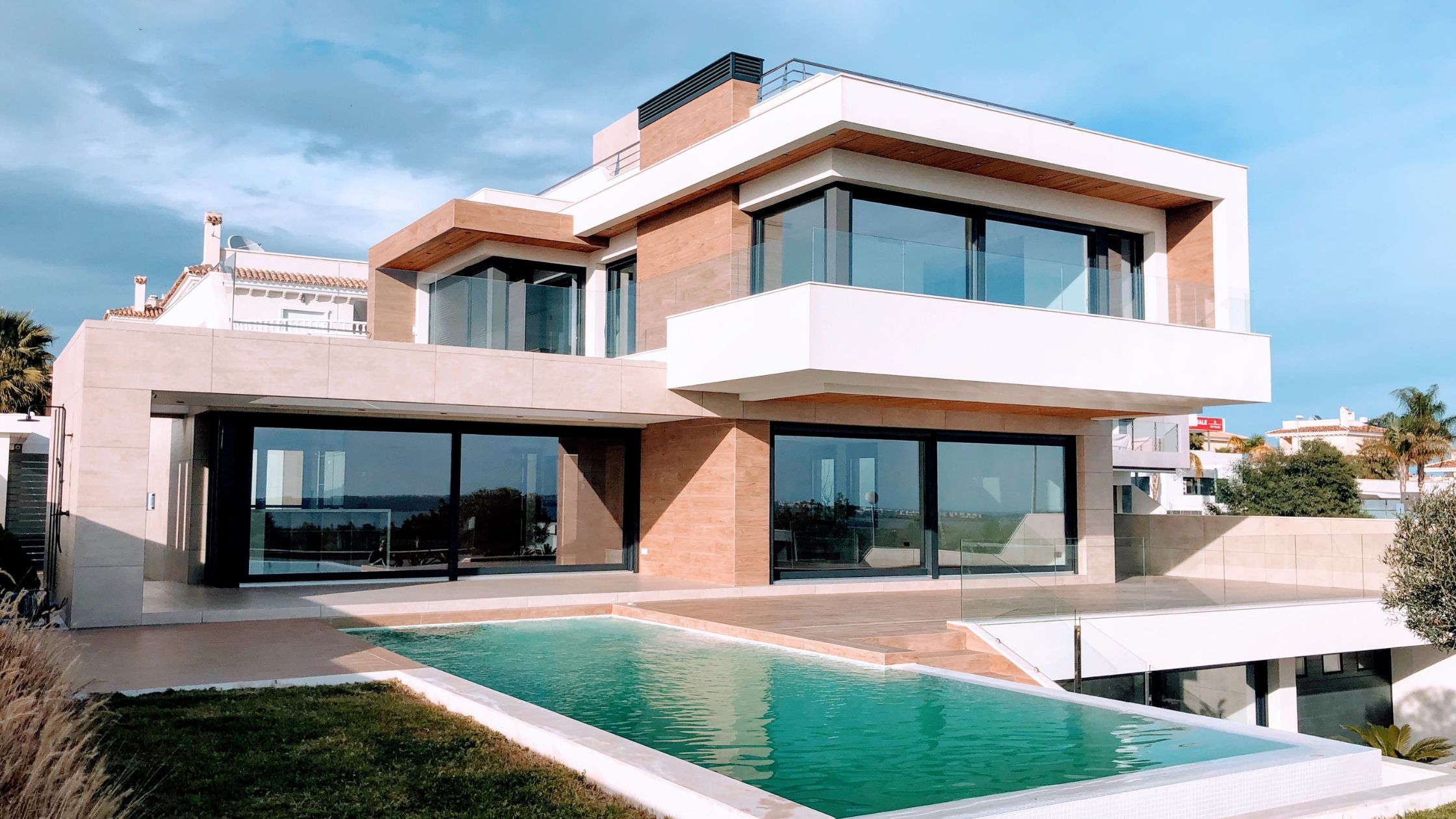Imagine a world where vibrant green spaces coexist harmoniously with urban jungles, where parks, walkways, cycle lanes, and efficient public transit seamlessly connect residents to essential services. Picture all of this within a mere 15-minute journey from any point in the city.

This vision, often termed the “15-minute city,” seeks to ensure that everything one needs is accessible within a quarter of an hour. It’s an idea that has the potential to revolutionize urban life by promoting better health, cutting down on vehicular pollution, and fostering community cohesion.
Recent research from Tsinghua University, China, suggests that Artificial Intelligence (AI) might be the tool that helps city planners bring this dream to fruition quicker than imagined. Led by automation scientist Yu Zheng, the team developed an AI system that outperformed human designs by roughly 50%, considering metrics like service accessibility, proximity to green spaces, and reduced traffic congestion.

The study began by focusing on relatively small urban zones, approximately 3×3 blocks in size. Within just two days, using a range of neural networks, the AI started to churn out optimal road networks and land-use strategies that were in line with the ideals of the 15-minute city, along with local planning mandates.
Scaling such a model to plan entire cities will undeniably be a Herculean task. Just to provide some perspective, the researchers pointed out that designing a 4×4 block neighborhood involves double the planning intricacies of a 3×3 block layout.
However, even if the AI is only used for certain aspects of urban planning, the time savings are significant. Processes that would take human planners up to 100 minutes were executed by the AI model in mere seconds.
The Tsinghua University team doesn’t see their innovation as a replacement for human planners but rather as a valuable assistant. They envision a scenario where initial designs conceived by humans are then refined using AI algorithms. These designs would subsequently be evaluated and adjusted by urban planning professionals, taking into account public feedback.
As highlighted by Paolo Santi, a research scientist from the Massachusetts Institute of Technology (MIT), urban planning isn’t just about allocating space. It’s about sculpting environments where communities interact, flourish, and find a sense of belonging.
In trials comparing the AI-human collaborative approach to purely human-driven designs, the former boosted accessibility to parks and essential services by 5% and 12%, respectively.
When 100 urban designers were blind-tested on various plans without knowing their origin (human or AI), some AI-generated designs garnered significantly more preference. However, other plans saw no clear winner.
Ultimately, the proof of the pudding lies in the eating. The success of these designs will truly be measured by their real-world impact—how they reduce pollution, noise, and heat, and more importantly, how they uplift the quality of life for city dwellers. The dream of the 15-minute city, it seems, is one step closer to becoming a reality.




